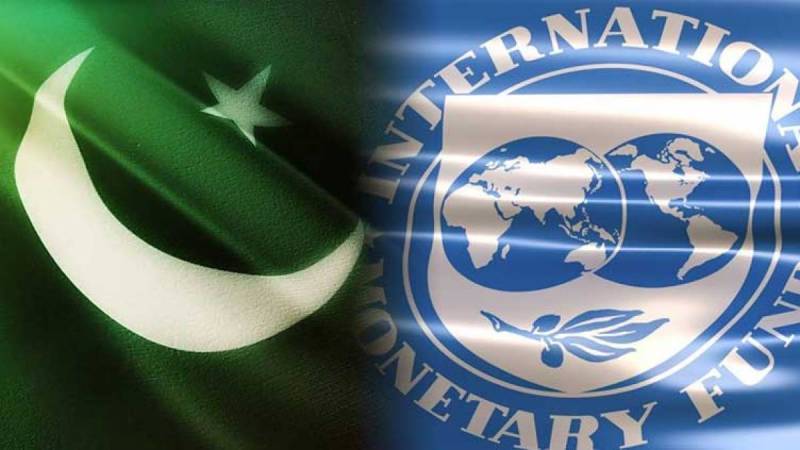
The Board of Directors of the International Monetary Fund (IMF) on September 25 approved a new bailout package worth $7 billion for Pakistan through its Extended Fund Facility (EFF).
The approval of the long-awaited package is a big relief for the government and the current dispensation, and indeed for anyone who is a well-wisher of Pakistan. It comes at a time when the economy seems to be on the mend, inflation is falling, the outlook for a turnaround seems optimistic, the Pakistan Stock Exchange has become the best-performing stock market in the world, and so on. Of course, the troubled power and energy sector, burdened by massive circular debt and draining precious government resources towards unproductive capacity payments to independent power producers (payments made in billions to power producers even if they produce little to no electricity), is a millstone around Pakistan’s neck and needs to be urgently resolved.
The approval of the IMF package is also welcome because, in today’s financial world, it will open up financing opportunities for Pakistan and also provide overseas investors and the government a signal that Pakistan has done enough macroeconomically to merit a large IMF facility and this further means that it has more or less succeeded in turning its economy around.
Will the loan be used to increase Pakistan’s productive capacity, improve the productivity of its labour force, increase the quality of export products, increase the skillset of its labour force, and bring about an increase in the standard and quality of living of the people by curbing the inefficient use of state resources and stop ongoing waste
That said, the $7 billion IMF facility is a loan and will have to be paid back like any other loan. Also, like any other loan, it will add to the country’s debt burden. And like most loans, it will have certain stringent conditions, some of which are bound to impact the lives of many Pakistanis – the most common being the removal of subsidies on electricity.
More importantly, just like any loan (even one that an individual or a company were to take), whether that is good or bad will depend on how the loan is used. Will it be used to increase Pakistan’s productive capacity, improve the productivity of its labour force, increase the quality of export products, increase the skillset of its labour force, and bring about an increase in the standard and quality of living of the people by curbing the inefficient use of state resources, and expenditure to curb the ongoing waste of precious state resources by inefficient state-owned enterprises, to rebuild the country’s foreign exchange reserves and so on - or will it be squandered away in vanity projects which do not achieve any one of the above-stated aims?
It would be instructive to compare this to an individual or company obtaining a hefty loan – one that has to be repaid with interest. The sensible and obvious choice would be to use that loan in a way that not only is it repaid in full with interest but also to use it to build one’s financial strength so that the future course is such that income (revenue in the case of a country) is greater than all expenses and hence no further loan would be needed, and the individual or company would be in a financially sound position.
This is precisely what Pakistan will need to do – and it will require having to make hard choices and taking equally hard decisions.

